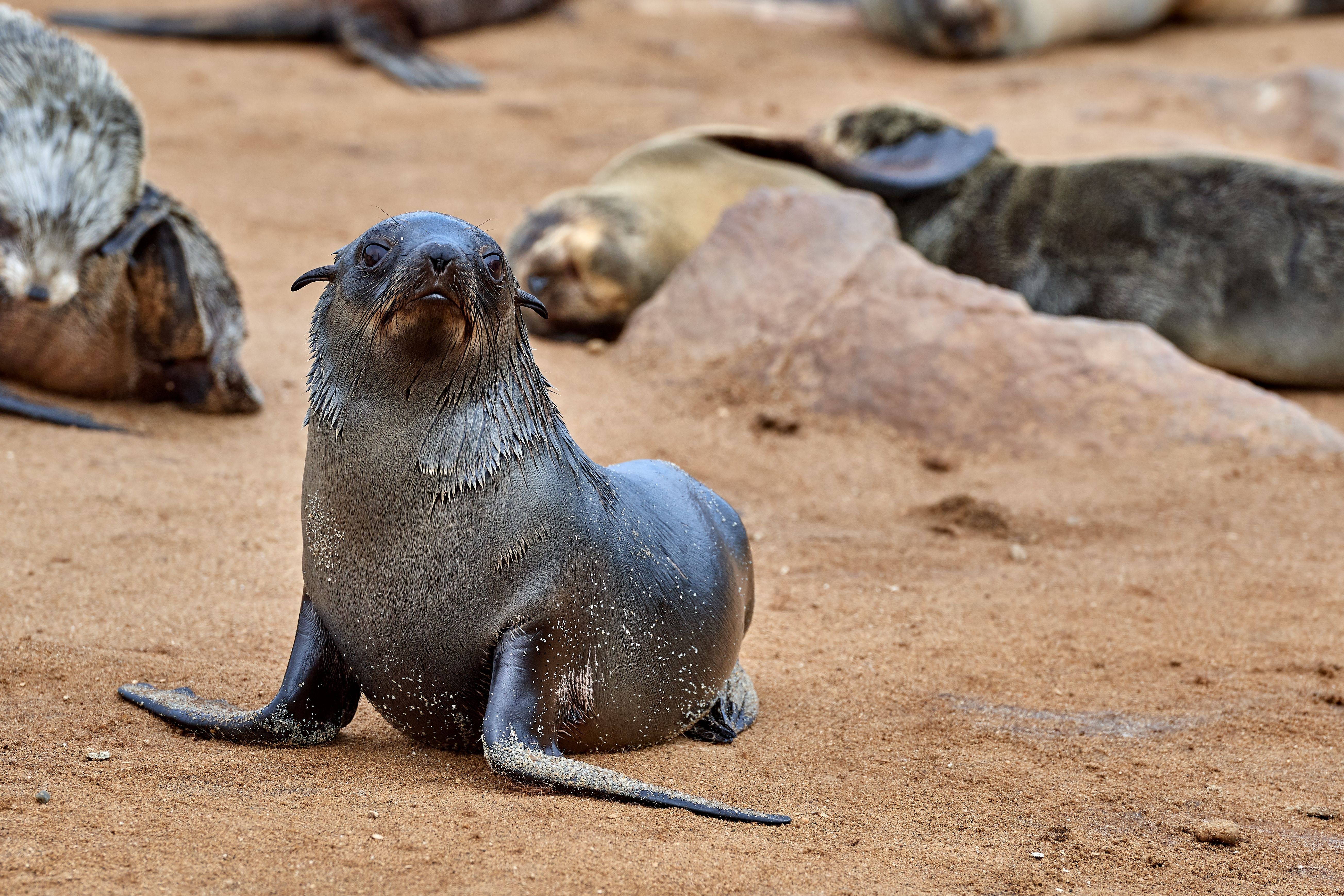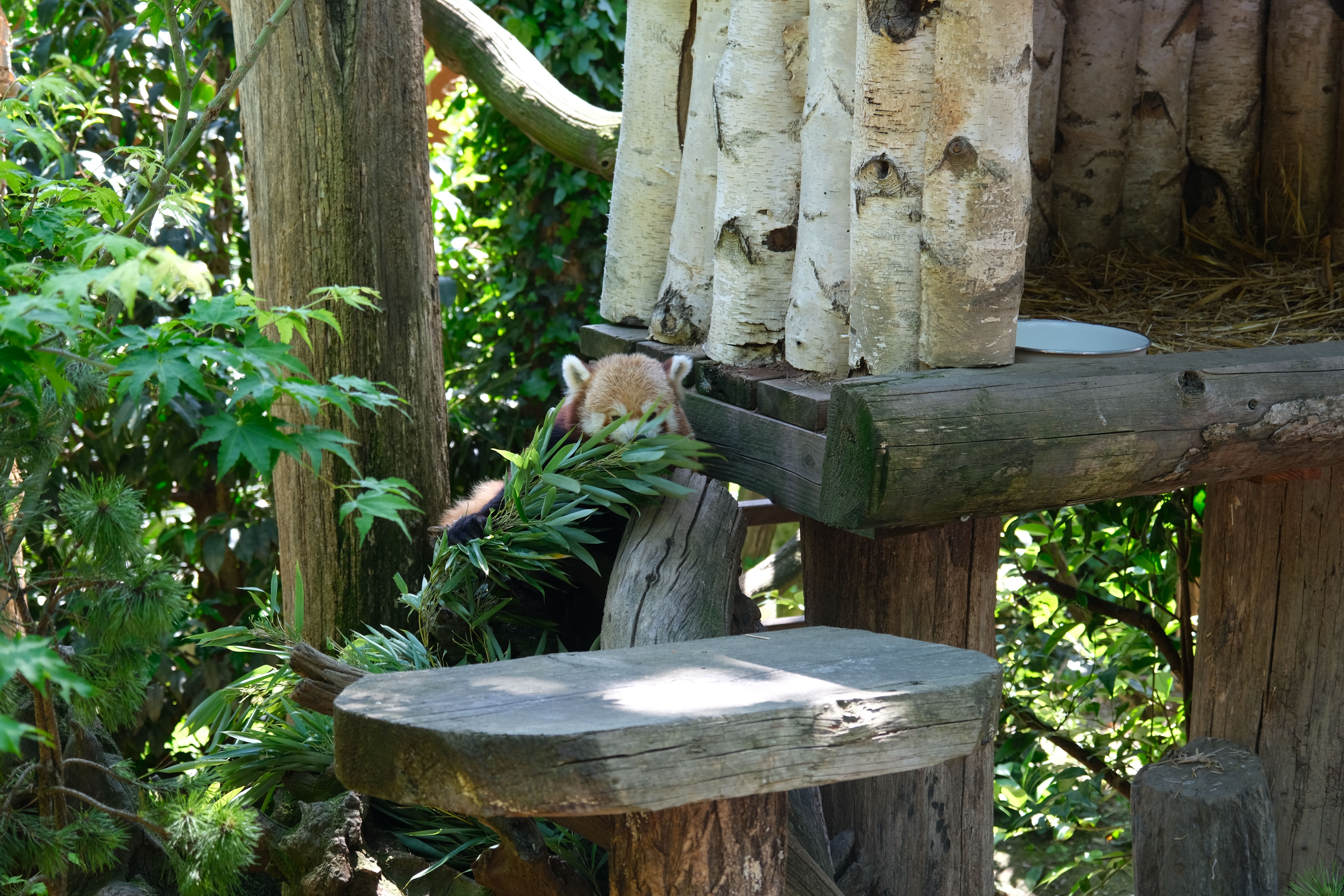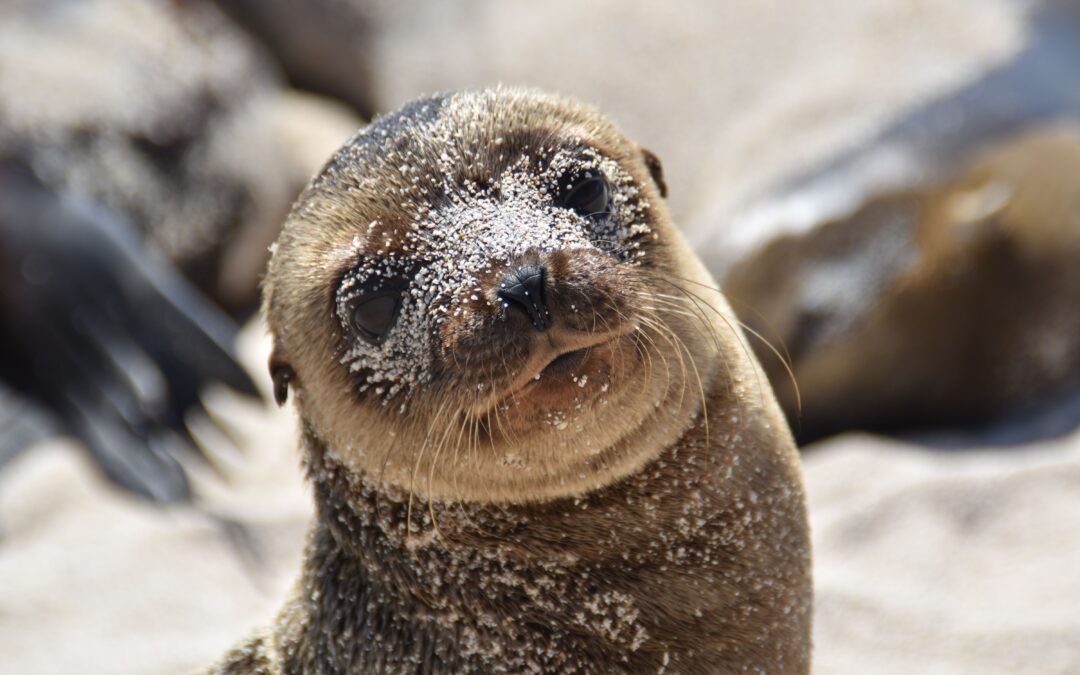Whereas seals might be fairly lovely wanting with their doe eyes evident again at you, the temptation of getting shut to 1 (or extra), in an try to pet or feed them, will also be fairly harmful in the event that they resolve to latch onto your pores and skin and take a chew.
Not too long ago, the RSPCA in the United Kingdom reiterated the significance of avoiding direct contact with seals, and the lurking risks awaiting somebody ought to any seal really feel threatened sufficient to purpose an assault.
“Seal finger” is an an infection particularly identified when a person is bitten by a seal. No, the chew doesn’t have something to do with one’s finger. The time period ‘seal finger,’ stemmed from a person feeding a seal, and mentioned seal chomping down on the individual’s finger out of concern.
The terminology does must do with a really critical and really nasty blood an infection that’s attributable to the necrotic micro organism on a seal’s enamel. When that micro organism comes into contact with a person’s pores and skin and blood, it may trigger a number of well being issues, resembling cellulitis and debilitating joint irritation, and fairly presumably, if the an infection is dangerous sufficient, may trigger the lack of a limb, index, or no matter space of your physique the angered seal might have bitten into to be eliminated.

Associated
Grey Seal Pup Euthanized After Being Entangled in Fishing Gear: Marine Pollution to Blame
1000’s of seal pups change into entangled in fishing nets and wires and are injured or killed by sharp fishing gear hooks every year
Sea Lions and Seals Are Not Like Cats or Canine: Trying to Pet Them May Put Your Life at Threat
In 2017, as a younger woman stood by a bench on a dock in Canada, a pair subsequent to her casually tossed meals to the ocean lions bobbing out and in of the water. The younger woman initially could possibly be seen playfully taunting the ocean lion because it waded within the water close to the dock. Unbeknownst to the younger woman, who briefly turned her again to the ocean lion, the marine mammal wished her to affix him within the water to play.
Video footage went viral of the ocean lion lunging up in direction of the woman, and pulling her into the water by her shirt and again so swiftly, it caught everybody on the dock unexpectedly. The woman suffered a 4-inch chew wound the place the ocean lion’s enamel made contact together with her pores and skin to tug her into the water. The woman went via a sequence of therapies with sturdy antibiotics to fight the potential for her succumbing to the blood an infection.
Louise Spherical, who’s a sophisticated marine animal medic with the charity, mentioned: “It is a actually nasty blood an infection, it is horrible. It may principally imply you lose the finger. They don’t seem to be like a canine or a pet, you possibly can’t simply go up and stroke them, and they will respect that,” she mentioned. “They’re a wild animal not used to people. If you happen to get too shut they’re going to chew.”

Associated
Endangered Baby Red Panda Dies at Edinburgh Zoo: Fireworks Blamed for Her Sudden and Senseless Death
Explosive fireworks attributed to Burns Night time celebrations are the reason for Roxie’s tragic, and mindless dying
Did You Know That 40% of the World’s Seal Inhabitants Can Be Discovered on the Cornwall and Devon Coastlines in England?
It’s a staggering quantity, but it surely’s a reality. 40% of the world’s sea inhabitants – each gray and customary seals, might be discovered on the coastlines of England, in each Cornwall and Devon, in accordance with the RSPCA.
At the moment, it’s pupping season in England, which implies plenty of cuteness overload with child seals trying to waddle and slide throughout seashores.
These tempted to get shut to 1, danger being bitten by the pup’s mom or father, or each, which is why specialists warn those that really feel inclined to strategy them or feed them to maintain their distance: not less than 328 ft away (100 meters), per the RSPCA.
“We’re massively fortunate on this nation in that we’ve 40% of the world’s inhabitants round our shoreline,” mentioned Louise Spherical. “The overwhelming majority of that’s across the southwest shoreline.”
“Globally, they’re a uncommon species, so simply because they’re doing fairly nicely round right here, globally they are not doing nice. So we actually want to understand these animals and perceive how fortunate we’re to get these glimpses of them and have them on our shoreline,” she continued.



Recent Comments